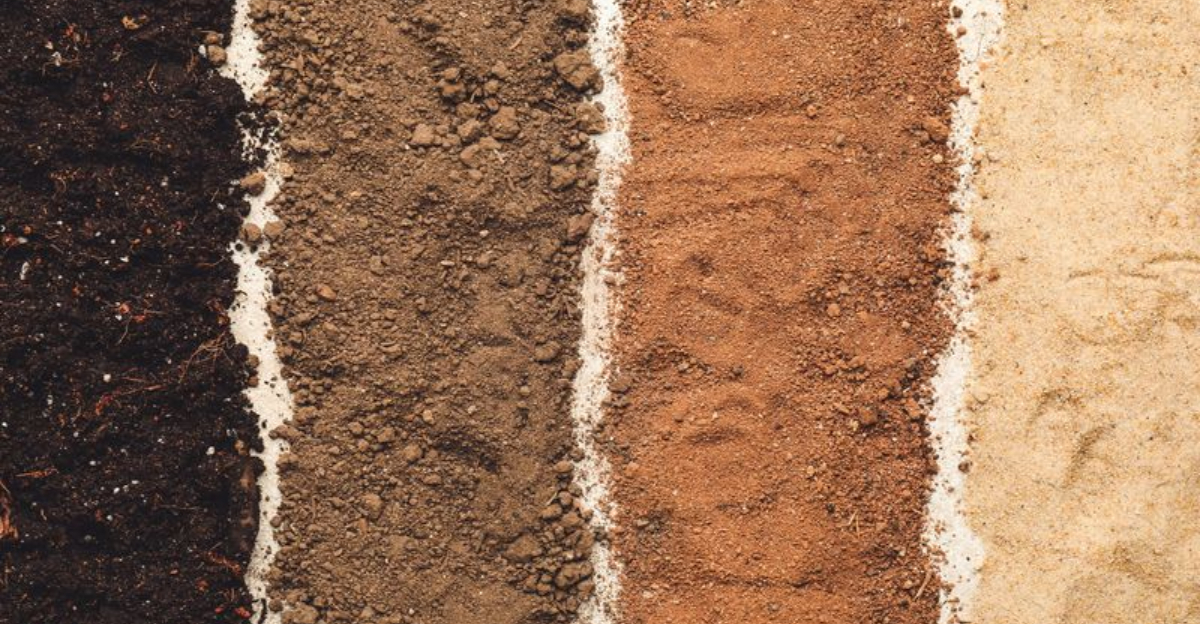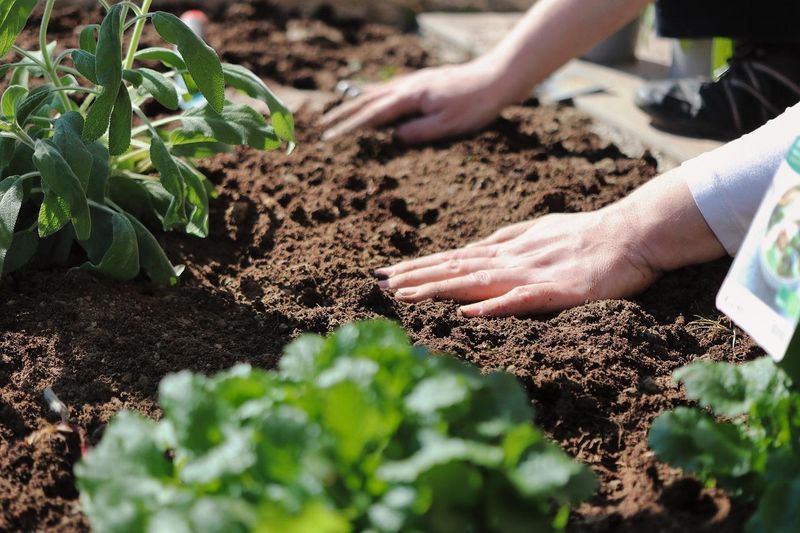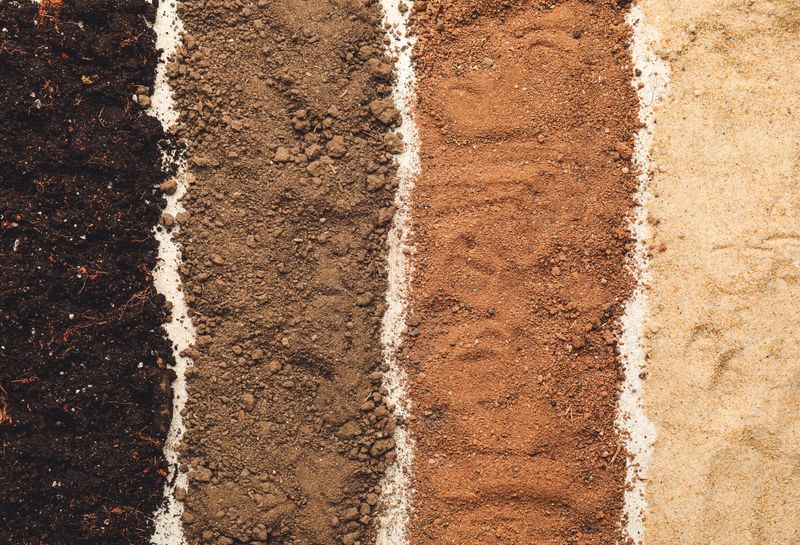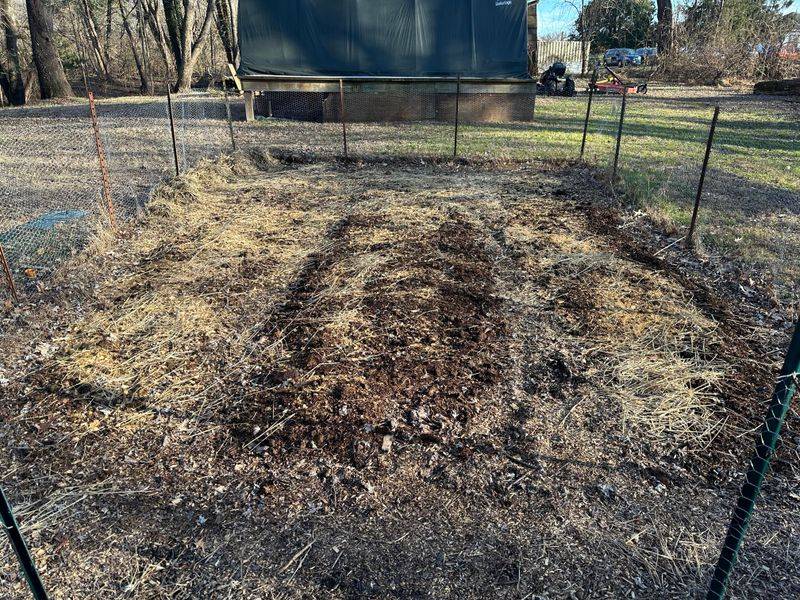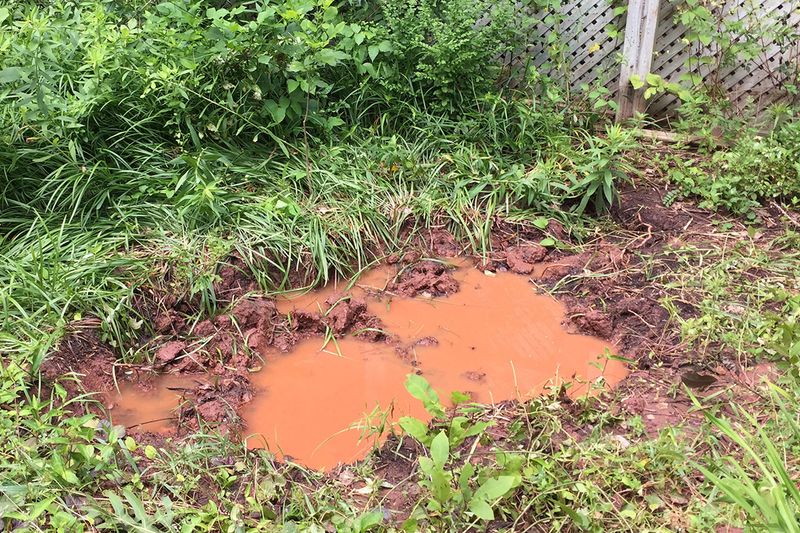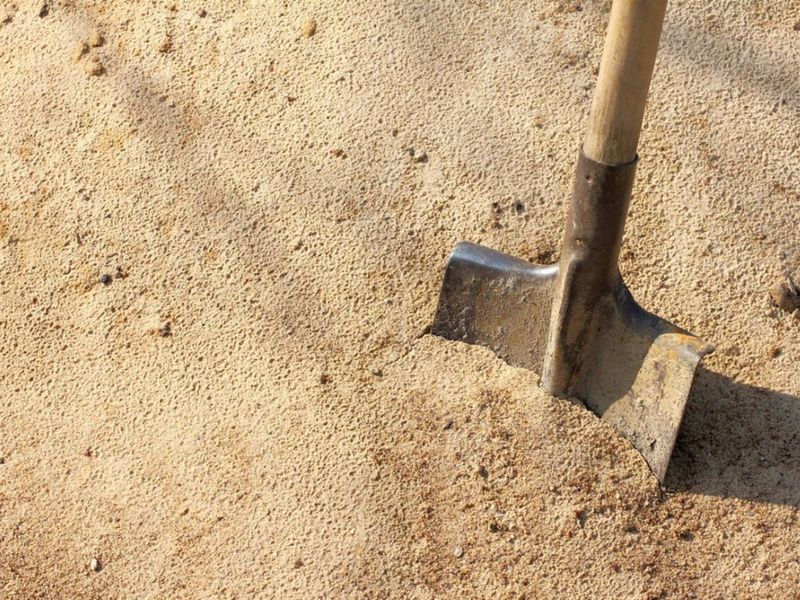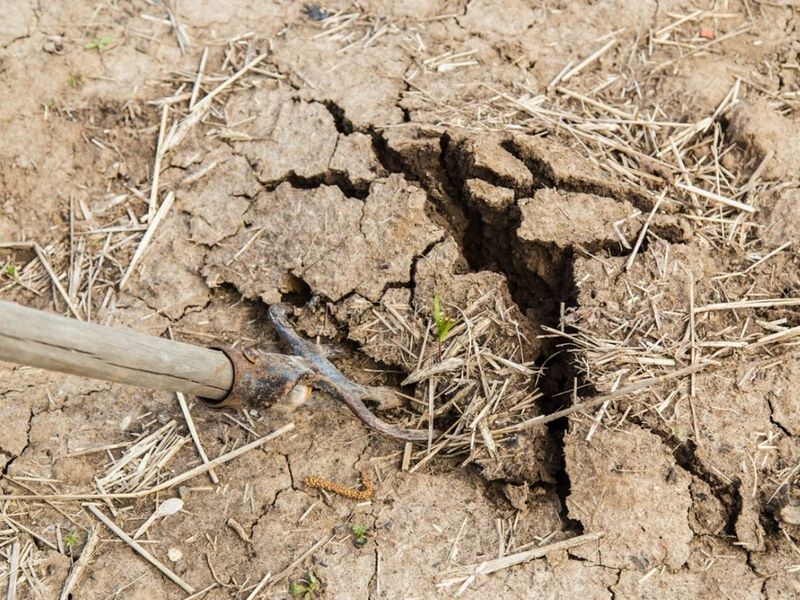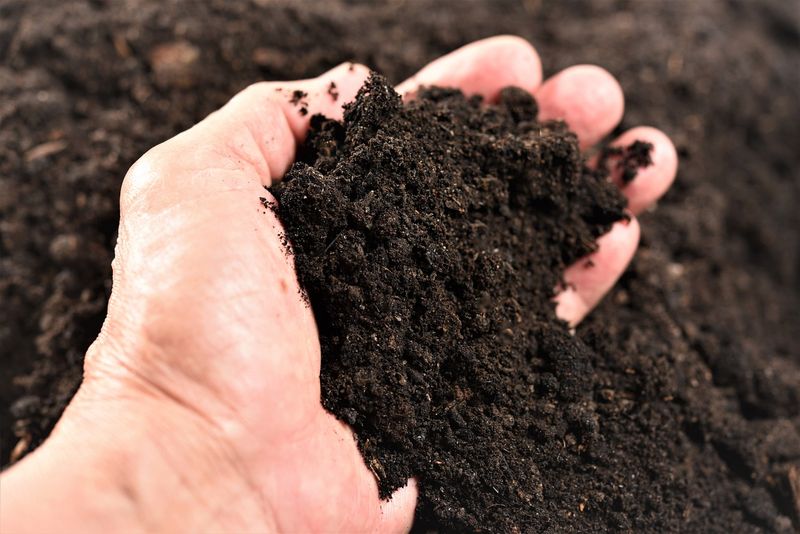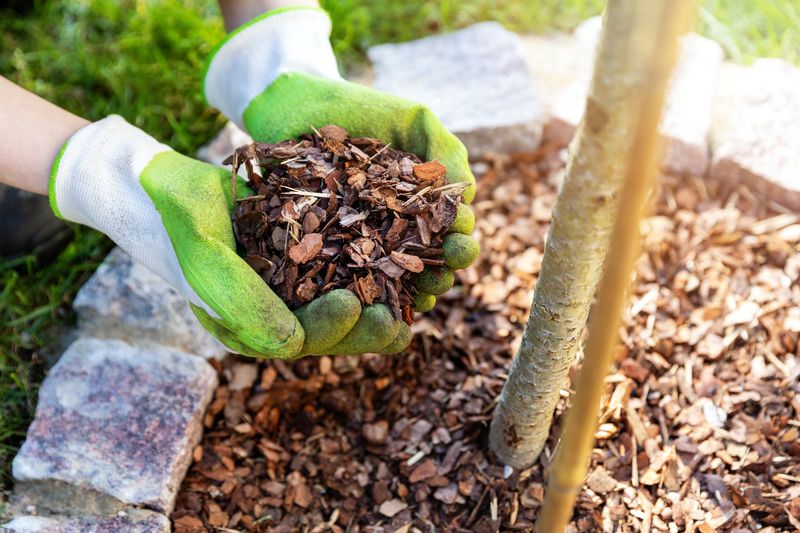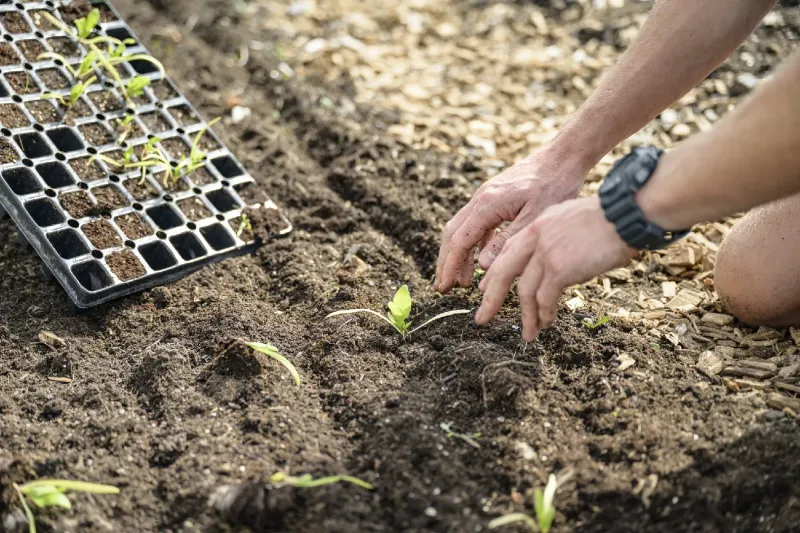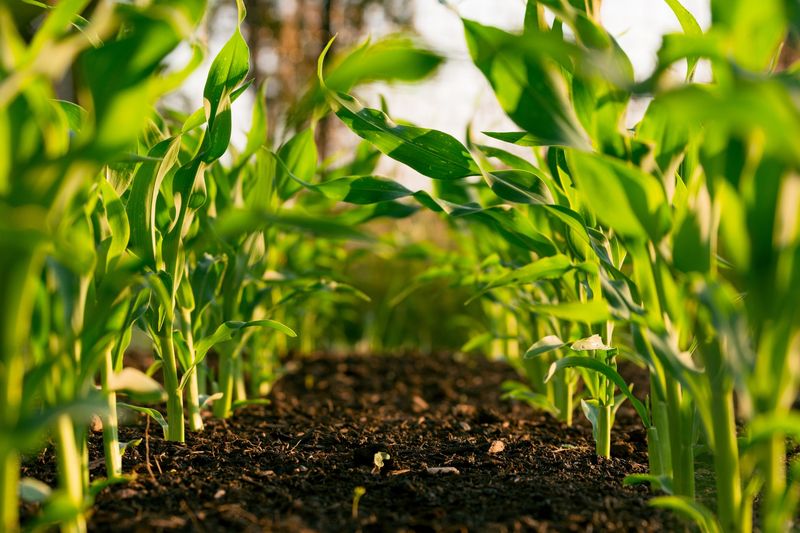Whether you’re dealing with clay, sand, or compacted soil, understanding and transforming your soil structure can make all the difference in your garden.
This comprehensive guide will walk you through specific strategies to enhance your soil’s quality, ensuring healthier plants and a more productive garden. Explore these ten actionable tips to transform your soil.
1. Understanding Your Soil
Knowing your soil type is the first step toward effective gardening. Clay, sand, and compacted soil each have distinct characteristics. Understanding these can help tailor your approach. Start by performing a simple soil test.
Get your hands dirty; feel the texture. Clay sticks together, while sand feels gritty. Compacted soil often resists shoveling. Once you’ve identified your soil type, you’re better equipped to address its unique challenges.
This knowledge empowers you to make informed decisions, setting the stage for successful soil transformation.
2. Clay, Sand, or Compacted Soil?
Identifying your soil type is crucial for garden success. Clay soils retain water and become compacted easily, while sandy soils drain too quickly. Compacted soil lacks air pockets necessary for root growth. Examine the soil’s color and texture.
Clay is typically darker, sand is light, and compacted soil appears dense. This understanding helps target specific issues, enabling you to choose proper amendments and techniques. Embrace this step to avoid wasted effort and optimize your garden’s potential!
3. Why Poor Soil Structure is Holding Your Garden Back
Poor soil structure can hinder plant growth by restricting root development and nutrient uptake. Clay, sand, and compacted soils have inherent limitations.
Clay often holds too much water, suffocating roots, while sandy soil drains before nutrients can be absorbed. Compacted soils prevent roots from accessing air and essential minerals.
Identifying these obstacles allows you to implement corrective measures. By focusing on improving soil structure, you set the foundation for a robust and thriving garden. Change starts from the ground up!
4. Simple Strategies to Improve Clay Soil for Better Drainage
Clay soil can be transformed into a fertile bed with the right approach. Begin by aerating the soil to break up the dense structure. Use tools like a pitchfork or garden fork. Incorporate organic matter, such as compost or well-rotted manure.
This adds nutrients while improving drainage and aeration. Mulching with organic materials can prevent crusting on the surface.
Regular maintenance helps maintain these improvements. Follow these strategies to unlock the potential of clay soil, allowing your garden to flourish.
5. Fixing Sandy Soil
Sandy soil requires special attention to retain moisture and nutrients. Begin by adding organic matter. Compost, peat moss, and aged manure are ideal.
These amendments enhance the soil’s ability to hold water, creating a more hospitable environment for plants. Mulching can further prevent evaporation, keeping roots cool and moist. Regularly test soil to adjust pH and nutrient levels.
With consistent care, sandy soil can support a wide variety of plants, making your garden a lush and thriving oasis.
6. Breaking Up Compacted Soil
Compacted soil limits air and water flow, essential for healthy plant life. Start by loosening the soil with a spade or fork. Avoid tilling excessively, which can worsen compaction. Introduce organic materials like compost to improve texture and fertility.
Consider using cover crops to naturally break up soil and enhance structure. Prioritize pathways to minimize walking on planted areas.
Proper management reduces compaction over time, fostering an environment where plants can thrive. Embrace these techniques to revitalize compacted soil.
7. Organic Matter
Organic matter is crucial for improving soil health across all types. It enhances structure, drainage, and nutrient availability. Compost, leaf mold, and well-rotted manure are excellent choices.
They feed beneficial microbes and earthworms, which in turn improve soil quality. Add organic matter regularly to maintain its benefits.
This practice transforms poor soil into a thriving medium, fostering robust root systems and vibrant plant growth. Embrace organic amendments to witness the remarkable transformation in your garden.
8. How Mulching and Cover Crops Can Revive Your Garden Soil
Mulching and cover crops are powerful allies in soil improvement. Mulch helps retain moisture, regulate temperature, and suppress weeds. Organic mulches break down over time, enriching the soil.
Cover crops like clover and vetch fix nitrogen and enhance soil structure. They protect the soil surface from erosion and compaction. Plant them during off-seasons to maximize benefits.
Incorporating these practices revitalizes soil health, making your garden more resilient. Explore these techniques to give your soil the care it deserves.
9. Compost, Gypsum, and Amendments
Soil amendments like compost and gypsum are key to soil improvement. Compost adds nutrients and boosts microbial activity. Gypsum helps break down clay and loosen compacted soils. Choose amendments based on soil tests to ensure compatibility.
Spread them evenly and incorporate into the soil. Regular application maintains soil balance, enhancing fertility and structure.
Experiment with different amendments to find the perfect mix for your garden’s needs. This thoughtful approach yields healthier plants and a more productive garden.
10. Long-Term Soil Health
Sustaining soil health requires ongoing effort and mindfulness. Practice crop rotation to prevent nutrient depletion. Maintain biodiversity to support a balanced ecosystem. Regularly add organic matter and monitor soil conditions.
Avoid chemical overuse, which can harm beneficial organisms. These actions foster a resilient garden environment. Long-term commitment to soil health rewards you with vigorous plants and bountiful harvests.
Invest in your soil today for a thriving garden tomorrow. Celebrate the journey of nurturing your soil and reaping the rewards.
